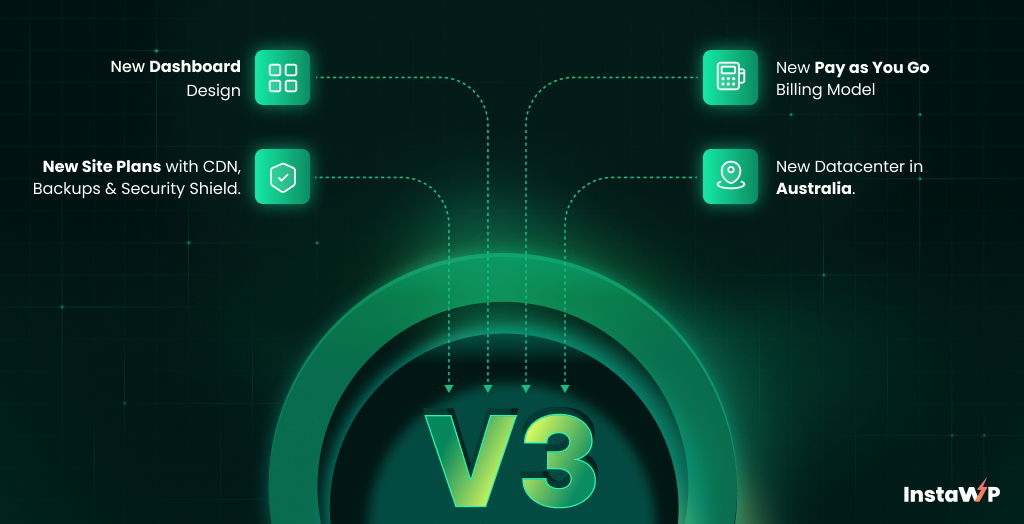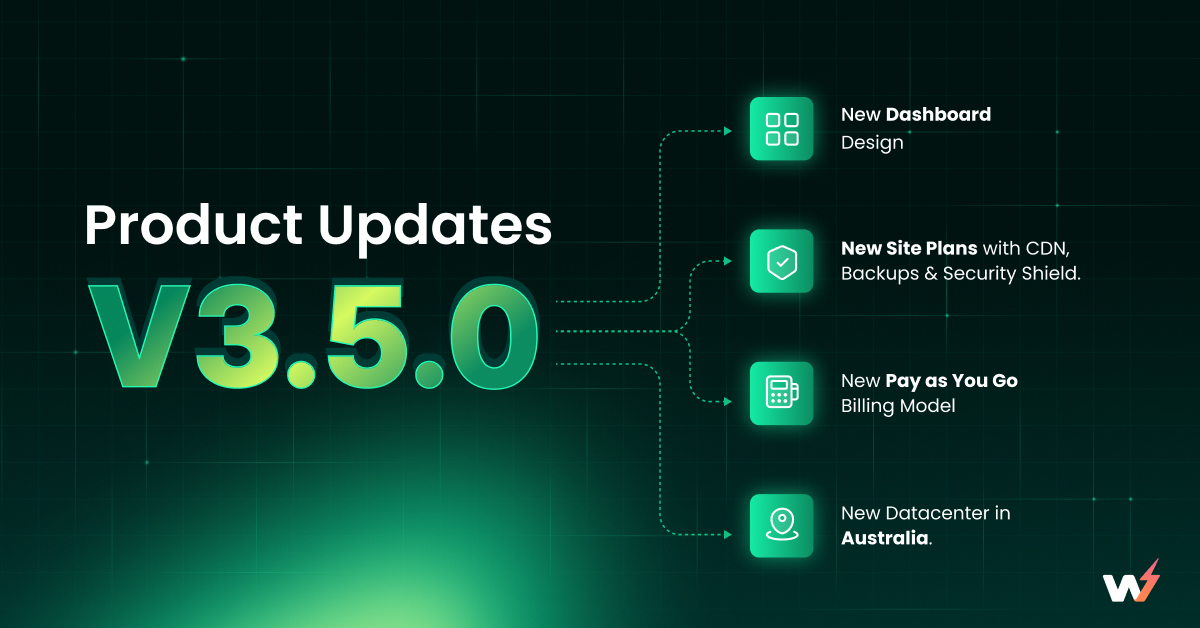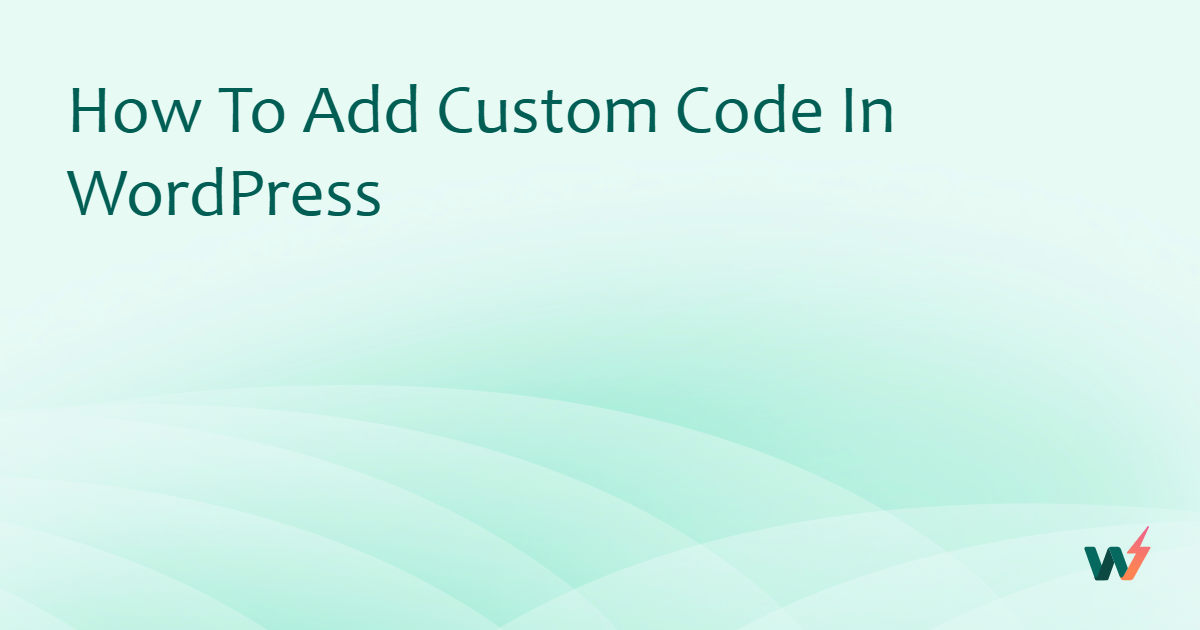Pushing changes from a staging environment to a live one is a crucial but often overlooked part of the WordPress development process.
When done correctly, it can save you hours—or even days—of development time. When done incorrectly, it can be a huge headache.
Wondering how to do it the right way? Well, keep on reading. In this article, we are going to provide a comprehensive checklist for pushing staging to a WordPress live environment, and also take a look at how easy it can be for you to do so when using InstaWP!
Let’s get to it, shall we?
Table of Contents
Key Takeaways
- Before pushing a WordPress site live, ensure content accuracy, SEO optimization, and security measures are thoroughly checked and validated.
- Use InstaWP for creating, testing, and pushing staging sites live with support for built-in migration to popular hosting providers.
- Always test changes in a WordPress staging environment to prevent errors and ensure smooth operation when the site goes live.
The Ultimate Checklist for Pushing WordPress Staging to Live
While you’re working on a WordPress site, it’s important to have a staging environment where you can test out changes before doing any WordPress pushing and taking the changes live. This ensures that your site stays up and running smoothly and that any new features or updates you’re adding don’t break anything.
Once you have made the changes you need to implement (i.e. new content, updating the theme, changing CSS, adding, removing, or reconfiguring plugins), make sure to tick off each item from our “Things You Need To Check Before You Push The WordPress Go Live Button” checklist below before you push your site live:
Site’s Content
Here’s what you need to check when it comes to your WordPress site content:
- Review all of the text to ensure it’s accurate and free from any grammatical and spelling errors. This includes the main text content, as well as all headings, titles, image captions, and alt text.
- Make sure all contact details are accurate across the site.
- Remove any lorem ipsum content from your site.
- Check for any broken links on your site. You can use a tool such as Screaming Frog to crawl and look for broken links.
- Make sure each page on the site follows a hierarchical structure, with headings and content properly divided, and using a consistent approach.
- Test any contact forms on the site to ensure they’re capturing data properly.
- If you have a search function on your site, make sure it works properly.
- Check for SMTP integration to ensure transactional emails go through.
- Remove any placeholder images on the site and replace them with the actual ones. Make sure that, where possible, these are formatted to the correct size to reduce any decrease in quality if enlarging images or using unnecessary bandwidth if large images are only being shown at a small scale.
- Ensure any styling preferences are followed.
- Add a favicon.
- Make sure that your HTML and CSS are validated and are rendering correctly. You can use the W3 validation service to help with this.
- Check if all feeds, including news, social media, and RSS, are working properly.
Site’s SEO
To ensure your website still gets picked up by Google and other search engines, here are what you need to consider:
- Set up and integrate Google Analytics (GA4) and Google Search Console.
- Check your site on multiple devices and browsers for user experience (UX).
- Make sure that all social media icons on the site link to the appropriate accounts.
- Create a custom 404 page for your site.
- Check permalinks and optimize them according to your site’s link structure.
- Check your website’s loading speeds and TTFB (Time to First Byte). You can use free tools such as Speed Vitals to help with this.
- If you’re conducting a relaunch, make sure to set up 301 redirects.
- If you have conversion paths defined, make sure they actually work. Review CTAs and buttons and check if UTM links have been added.
- Check to ensure that all pages have unique meta descriptions and page titles (and that these are unique – avoid using duplication within any page title or description).
- Check technical SEO aspects: make sure each page can rank organically and is optimized around a single keyword.
- Check whether the company logo is linked to the homepage.
- Check canonical attributes for each external link (noreferrer, noopener, nofollow).
- Add a Terms & Conditions page, a Privacy Policy, and an About Us page.
- Check to ensure pages are set for indexing and are visible to search engines.
- Make sure all pages are mobile-friendly too.
- Optimize your robots.txt file.
- Crawl the site to identify any errors. Compare it with the previous crawl to weed out and correct any inconsistencies.
- Check that alt tags were added to each image on the site.
Site’s Security
Of course, don’t forget to keep your site secure! Here’s how:
- Check whether all plugins are updated.
- Check your WordPress security plugin (Sucuri, Wordfence), and make sure it’s configured properly.
- Get rid of any unused plugins.
- There’s a risk that different plugins might not play all that well with one another. You can test these using a plugin such as Better Plugin Compatibility Control.
- Make sure you set up regular backups for your site.
- Make sure all passwords are stored in a secure location, ideally using a password manager.
- Check to ensure user roles are properly defined. You can use a plugin such as Members.
- Install and activate an anti-spam solution such as Akismet.
- If you plan to collect data, you should make sure that your cookie consent notice is properly optimized.
- Make sure you comply with legal requirements for different jurisdictions, such as GDPR.
How to Push Your WordPress Staging to Live with InstaWP
All of the above sounds like a lot of work already, now you still have to create a staging site. How can you make things easier for yourself?
Well, one of the best ways to go from WordPress live to staging and test it out is through WordPress staging tool, InstaWP.
InstaWP is a WordPress developer’s tool that lets you build, stage, test, and launch sites quickly. It has a plugin, InstaWP Connect, used for creating 1-click staging sites in

How To Create A Staging Site With InstaWP
Using this is pretty simple. Install this WordPress website staging plugin for free on your live site, activate it, and create a staging site using it. Once you activate it, you’ll arrive at this screen:

Just press the Connect with InstaWP button, let InstaWP work, and you’ll be taken to this new screen:

Press the + Create Staging Site button, and follow the steps, such as selecting what kind of staging you want:

Which ones do you want installed?

And which ones do you want to exclude?

The last step is just confirming everything before finally making the staging site.

Press the Create Staging and InstaWP will do the work for you. You’ll now have a copy of your live site based on your preferences.
Once your WordPress staging site is created, it will be available in the Sites page of your InstaWP dashboard.
Using Your Staging Site
Use the auto-login option for this WP staging site to go to its WordPress dashboard quickly.
Now, you can customize the staging of your live site as you see fit, especially if you’re creating it for a client.
The Advanced Code Editor, which is in-built into your InstaWP account, can be used to modify the code (HTML, CSS, PHP) of your site. Not just that, you can even add, rename, delete, and modify files according to your needs. With InstaWP as well, you no longer have to wonder how to delete a staging site in WordPress in case you need to—it’s all possible in the InstaWP Dashboard.
Once you’re done with all the checks and your website is complete, you can easily do WP staging push to live—free!
Great, isn’t it?
With InstaWP’s free version, your free WordPress staging site will remain online for two days.
If you get the paid version, you can keep it for as long as you want, obviously.
Ready to push the staging site to live with all your changes?
InstaWP offers built-in migration support for all popular hosting providers, as shown below:

Or, if you’re moving to another host, you can either use the Migrate V2 option or click on LocalWP.

Moving WordPress Staging to Live using the InstaWP Migrate V2 option
Just enter the details, and let InstaWP do the rest! It’s an ideal solution for agencies or freelancers that work with several clients.
One more way is via InstaWP’s 2-way sync feature, which you can read about here.
Use InstaWP to Supercharge Your Staging Workflows
Staging is a critical part of the development process. Testing the site carefully is vital to ensure everything is working properly before you push it live. So, use a sandbox environment to build and test your sites. A WordPress staging plugin, in addition, can speed up your process.
InstaWP makes it easy for users to quickly optimize and test out new plugins or features before moving a WordPress site from staging to live. It’s much easier to use its WP Staging plugin to create WordPress staging. Always test and showcase your work to your client before you actually migrate it to a new host and take it live.
Sign up for an InstaWP account today and make staging and testing faster and easier!
FAQs
What is a staging environment in WordPress?
A staging environment is where you can test changes, updates, and new features without affecting the live site. It’s important to ensure updates don’t disrupt or break your site’s functionality.
How do I ensure my site’s content is ready to go live?
Review all text for accuracy and grammatical errors, ensure contact details are correct, remove placeholder content, check for broken links, validate HTML and CSS, and ensure all media is properly formatted and linked.
What are the key SEO checks before pushing a site live?
Integrate Google Analytics and Search Console, ensure the site is mobile-friendly, create a custom 404 page, optimize permalinks, check loading speeds, ensure unique meta descriptions and titles, and verify technical SEO aspects are optimized.
How can I secure my WordPress site before going live?
Update and configure security plugins, remove unused plugins, set up regular backups, secure password storage, define user roles properly, activate anti-spam solutions, and ensure compliance with legal requirements like GDPR.
What is InstaWP, and how does it help in pushing staging to live?
InstaWP is a tool for WordPress developers that simplifies the process of creating, staging, testing, and launching WordPress sites. It offers a one-click staging creation through the InstaWP Connect plugin and supports built-in migration to popular hosting providers.
Why is testing in a staging environment important?
Testing in a staging environment is vital to catch and fix errors, ensure compatibility, and verify the site’s functionality before making changes live. It helps prevent potential issues that could affect the user experience or site performance.
Can I push changes from staging to live without a plugin?
While it’s possible to manually push changes from staging to live, using a plugin like InstaWP Connect simplifies the process, reduces the risk of errors, and ensures a smoother transition by automating many of the steps involved.



